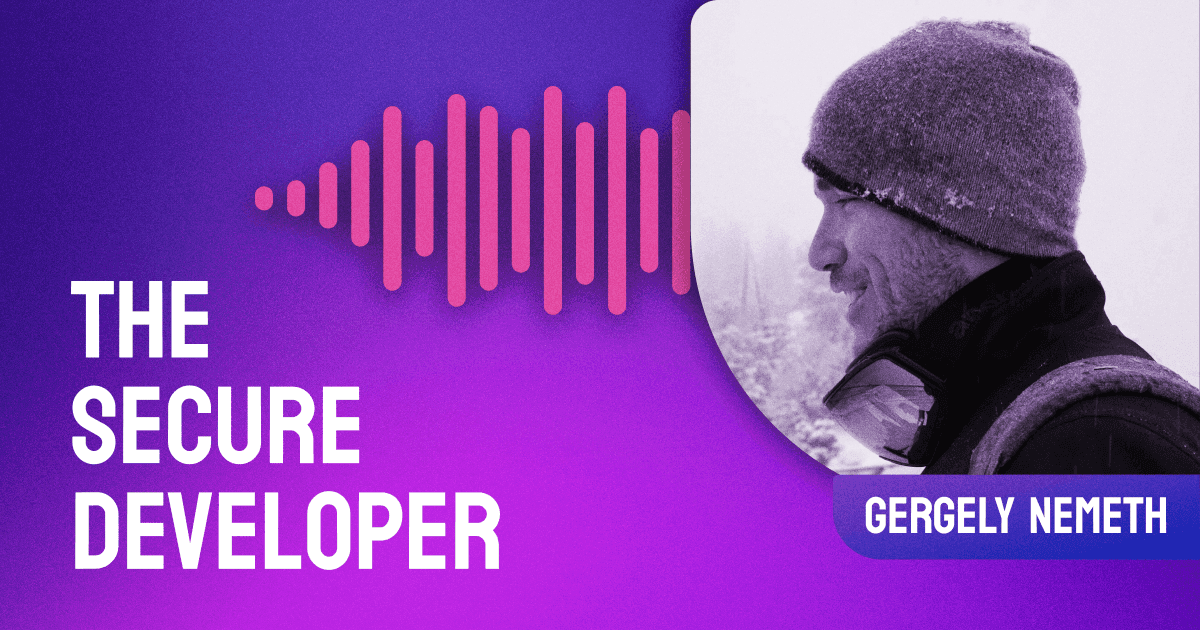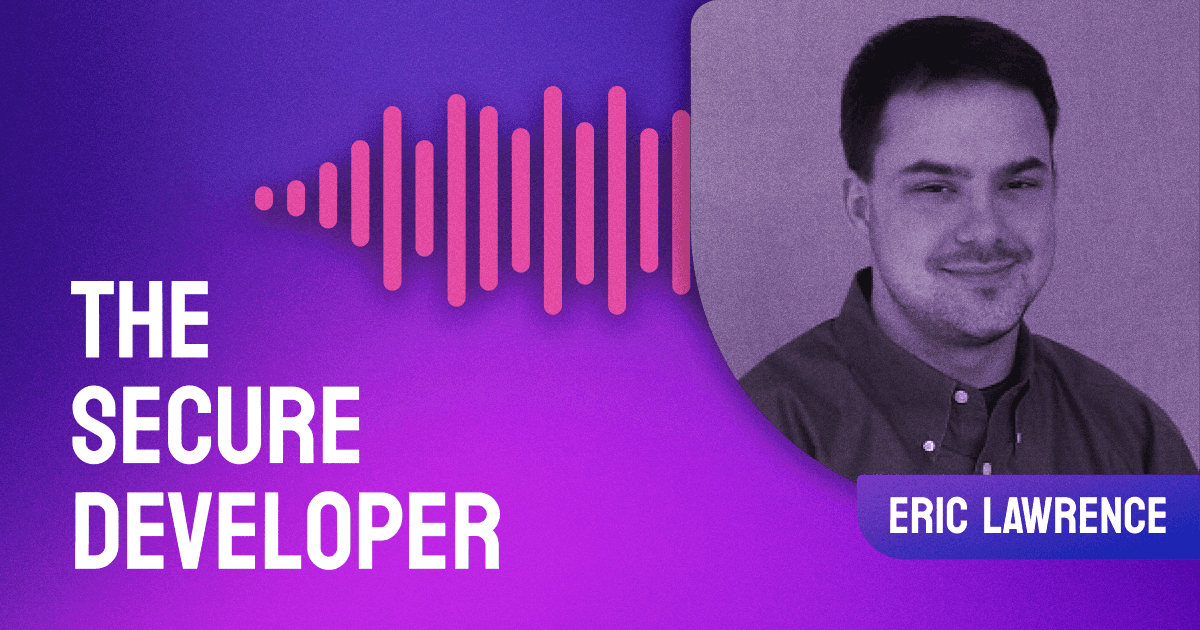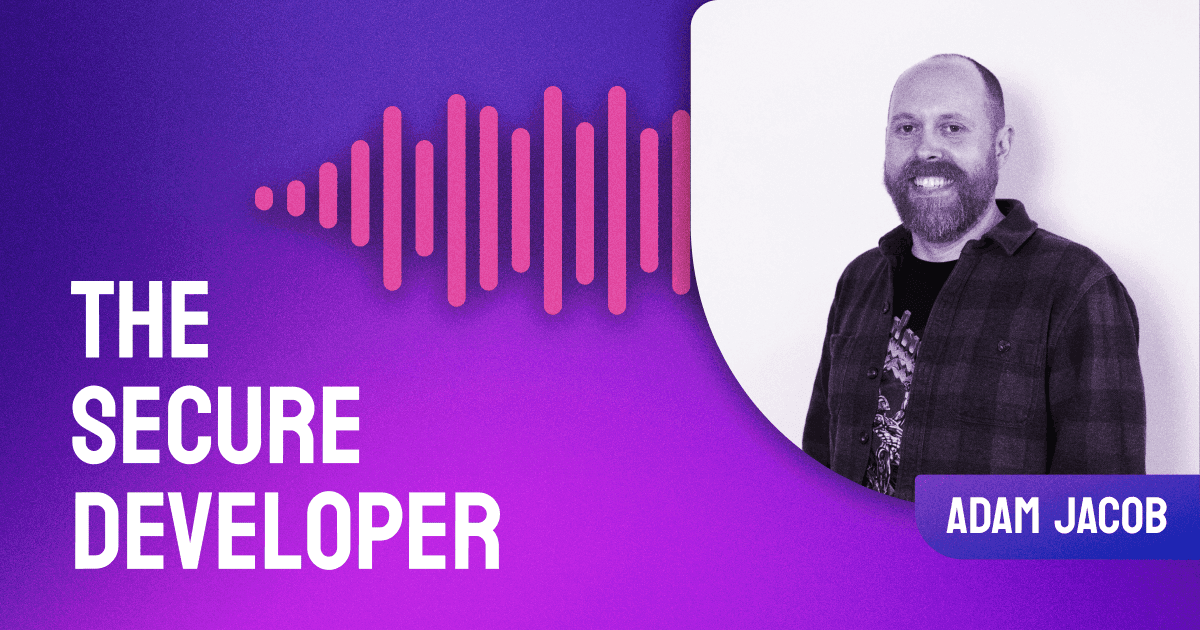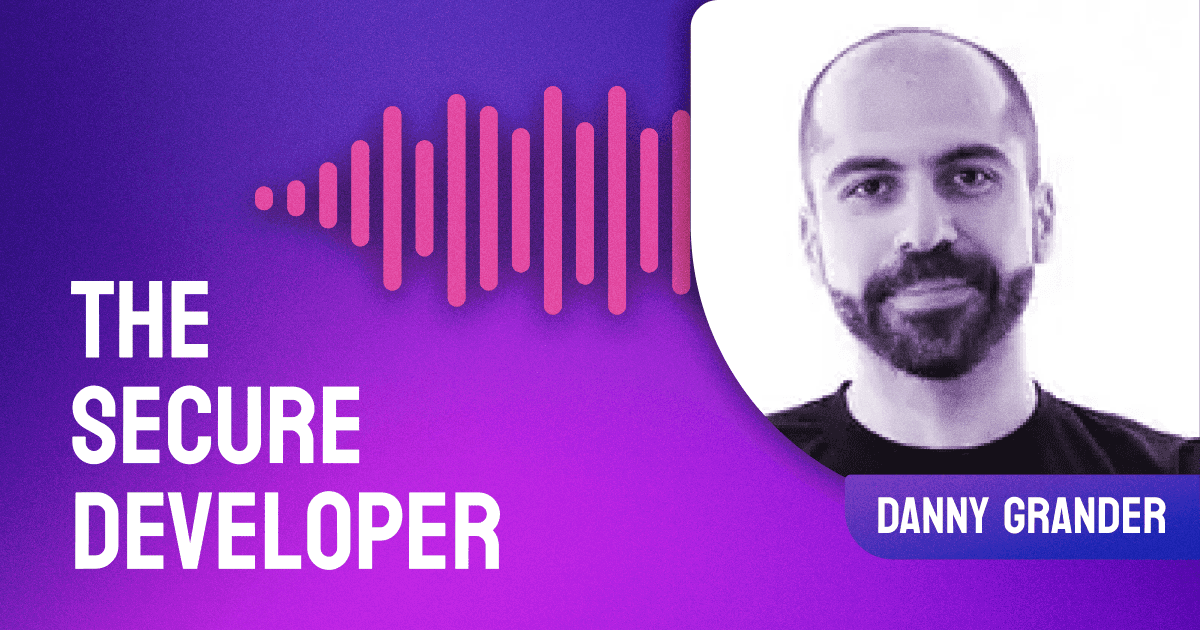Episode Summary
In our first episode, Guy is joined by Kyle Randolph, Principal Security Engineer at Optimizely. Kyle and Guy discuss the sometimes challenging but always important task of prioritizing security in your engineering organization. Kyle shares stories from his time at Optimizely, Adobe, and Twitter.
Show Notes
In this insightful episode, we welcome Kyle Randolph, an experienced security professional from Optimizely, to share his wealth of knowledge on establishing an effective application security (AppSec) system. With an impressive background in security at companies like Citrix, Adobe, and Twitter, Kyle holds a deep understanding of building security from scratch and safeguarding existing systems. The conversation draws attention to the importance of fostering a security-based culture within engineering teams, enabling engineers to take ownership of security concerns, and promoting security practices through relevant, real-life stories.
Kyle's approach goes beyond merely fixing security bugs; it's about 'baking in' security from the outset. Coupling security considerations with product development, Kyle highlights the role of automation, mentioning tools like Spinnaker and AWS that help incorporate security measures seamlessly into product development. He vividly illustrates the success of these methods through examples at Optimizely, where they have managed to eliminate vulnerabilities like cross-site scripting in their tech infrastructure.
The discussion also broaches the challenges associated with prioritizing security tasks, especially during resource constraints. For such scenarios, Kyle emphasizes maintaining a transparent system that records all security issues so that they're addressed comprehensively. Listeners will find this episode particularly valuable as it delves into both the successful strategies and the challenges associated with integrating security into the architectural fabric of product development.
Links





